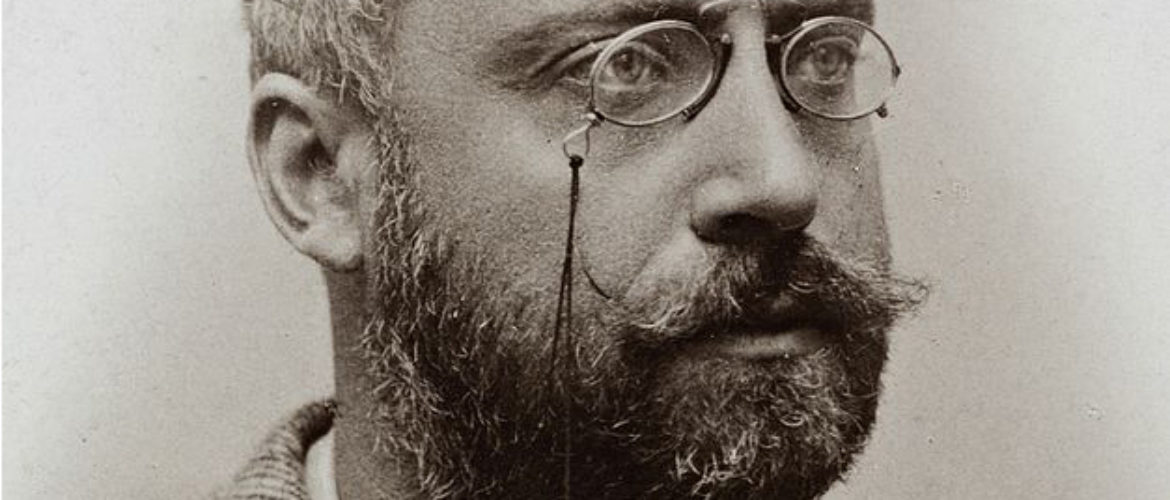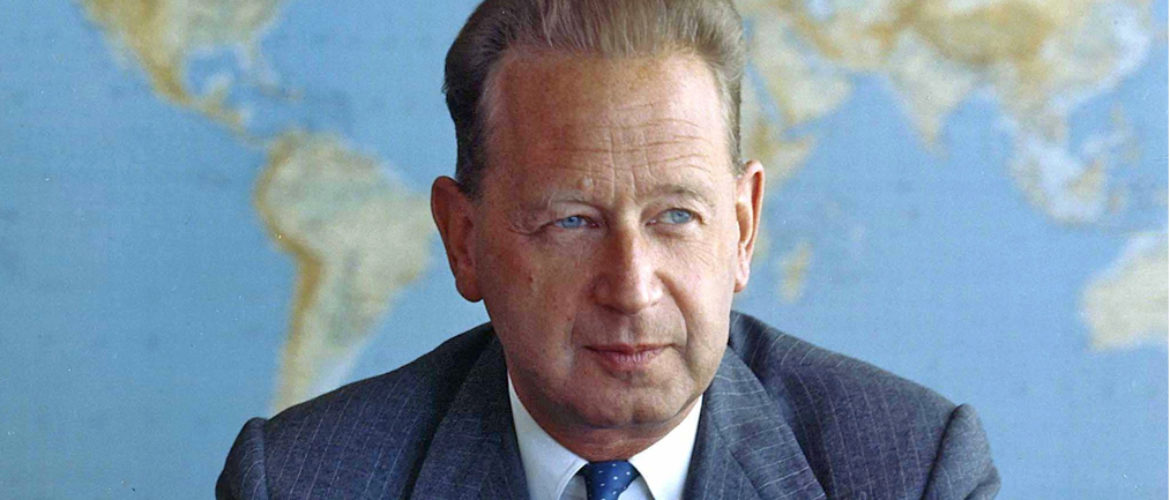1860-1911.
Poet, writer.
Gustaf Fröding was born at Alsters manor in Värmland and was deeply rooted in Värmland's mill and manor life through his family. He came to Uppsala in 1880 and lived at Övre slottsgatan 13 in a farmhouse and took a single exam. Fröding joined the radical circles of the Verdandi association and wrote parodic poems and comradely songs.
He returned to Karlstad where, after writing notices in various newspapers, he was employed by Karlstadstidningen. An inheritance in 1888 brought financial independence and Fröding left his employment.
Between 1889 and 1890, Fröding spent time in a 'mental institution' in Görlitz due to mental problems. It was there that he experienced his first major creative period, when the bulk of his debut collection of poems, Gitarr och dragharmonika, was completed, making him Sweden's foremost poet at the time.
The following example of Fröding's poetry, entitled "I ungdomen", is taken from Gitarr och dragharmonika, 2nd edition, 1893:
The river sparkles so beautifully,
it chirps so merrily in the furrow.
Here I lie lazy, like a spoiled son
in the lap of my mother nature.
It sings and smells and shines and smiles
from earth and sky and everything I see.It is as if the wind carries a message to me
about happy days, which are striped,
my blood is in turmoil, I think I am in love
- in whom? - alas in everything that breathes.
I wanted everything in heaven and earth
was close to my heart in the form of a girl.
In 1894 New Poems was published and in 1896 Splashes and Tabs. However, his health deteriorated and Fröding was hospitalized at Ulleråkers Hospital from 1896-1905.
Gustaf Fröding died on February 8, 1911 and was buried in the Old Cemetery in Uppsala on February 12. After the burial in Klara Church in Stockholm, the coffin was taken by special train to Uppsala. In his speech, Archbishop Nathan Söderblom said the following words at the coffin:
"Three little books came out - and a whole language has grief".
Many of the people of Uppsala met the coffin when it arrived in Uppsala. Then the coffin, wrapped in torchlight in the winter twilight, was taken to the cemetery. Erik Axel Karlfeldt spoke at the grave.
Burial site: 0157-0504
Image description: Gustaf Fröding, 1896. Photo: Heinrich Osti / Wikimedia Commons. [The image is cropped]
Click here for an uncropped image


